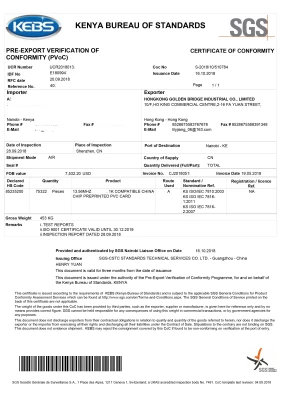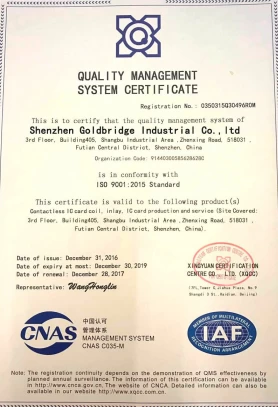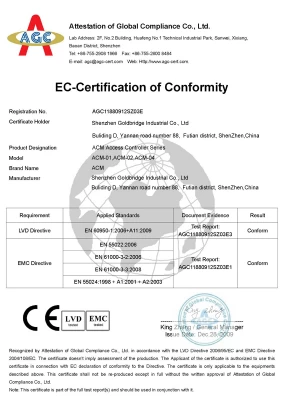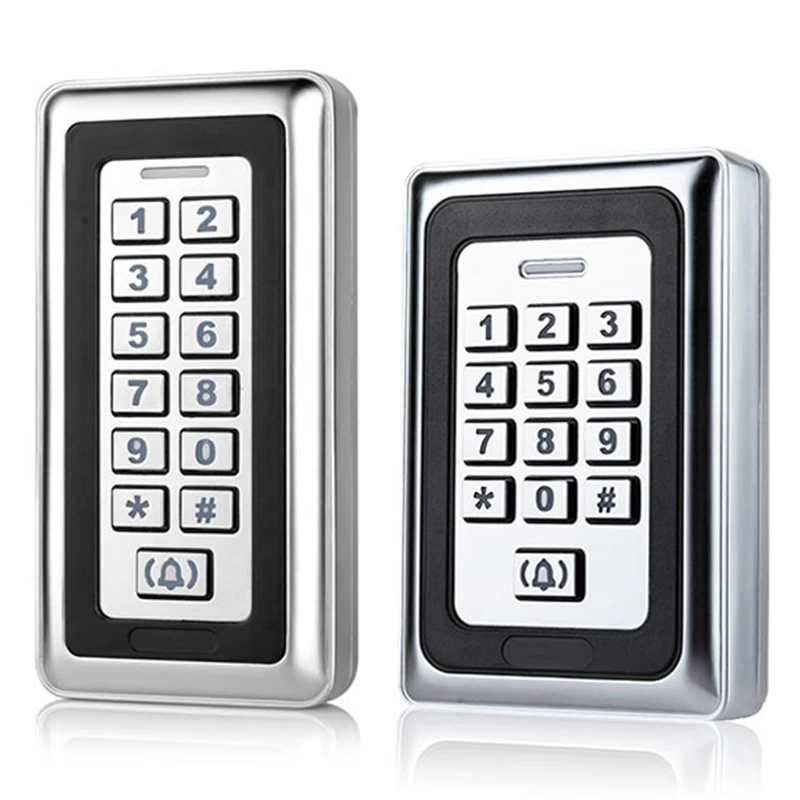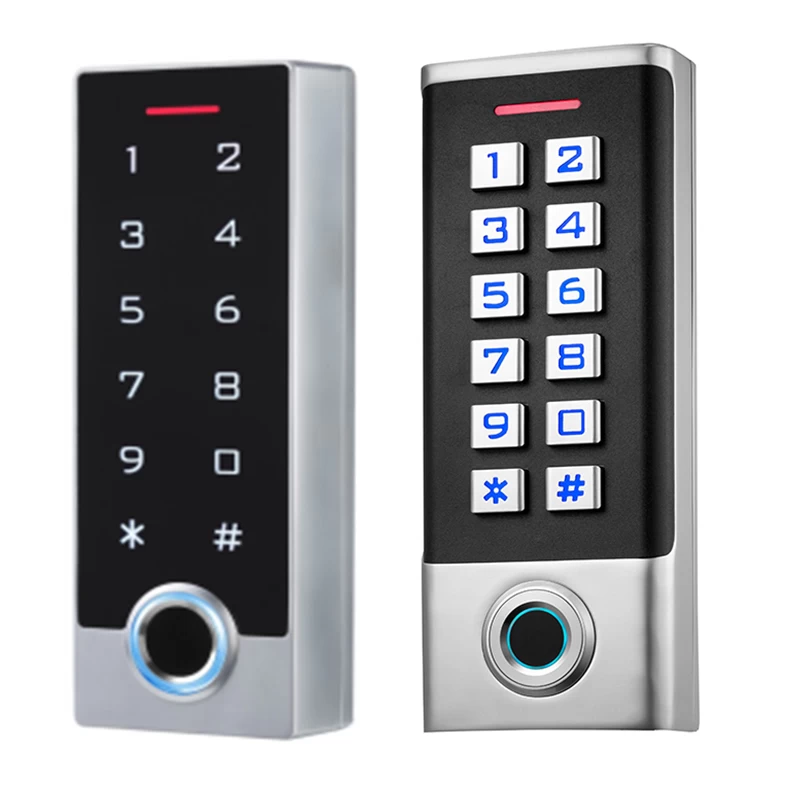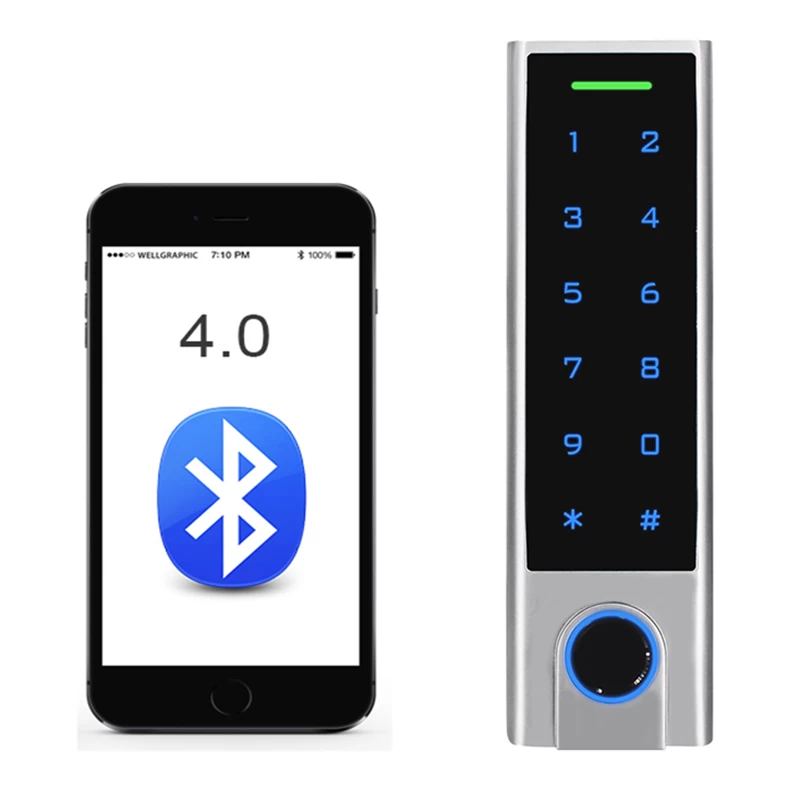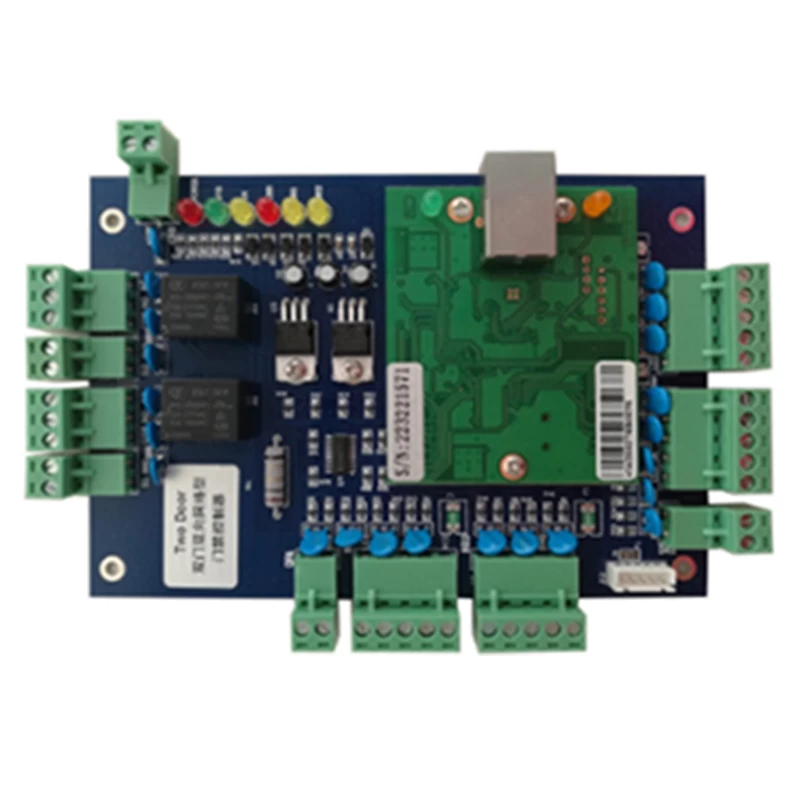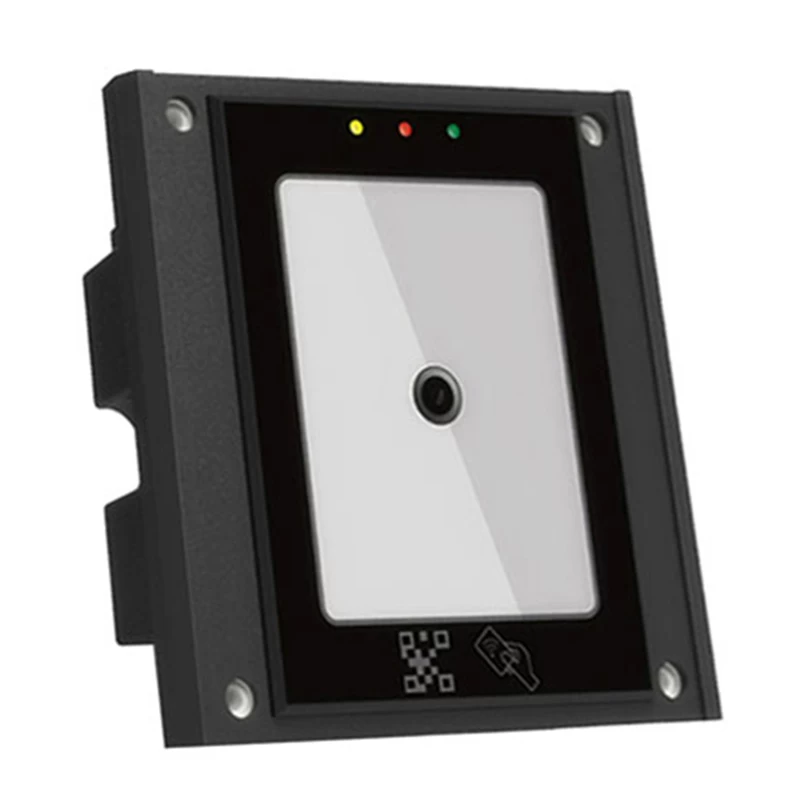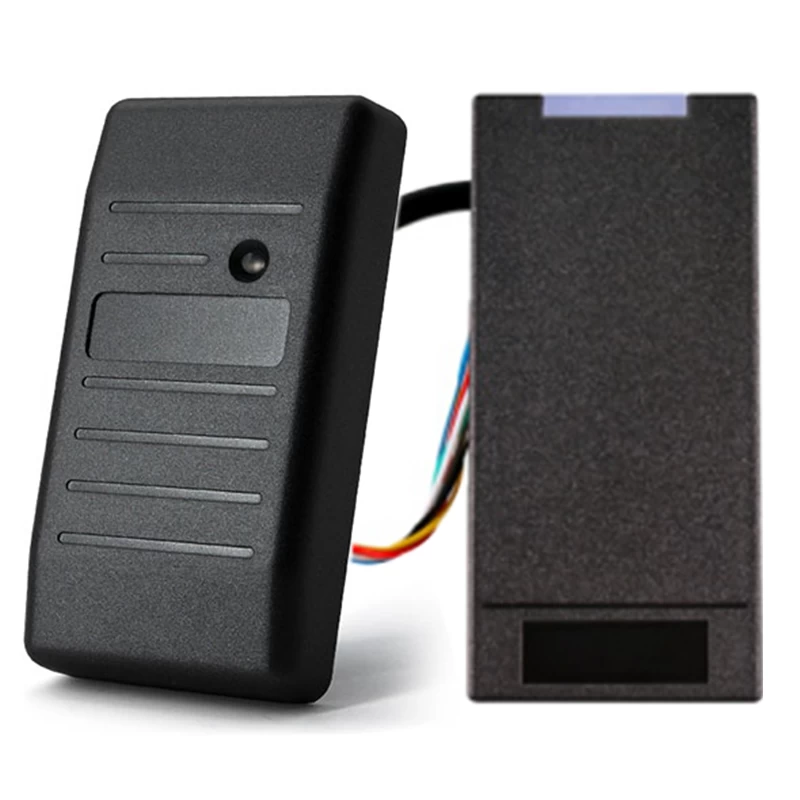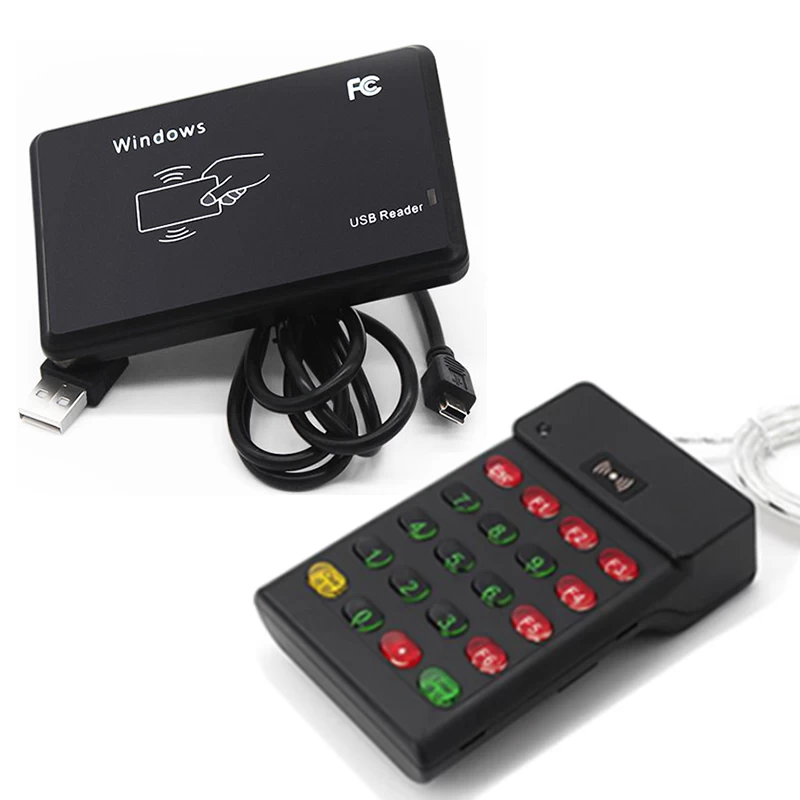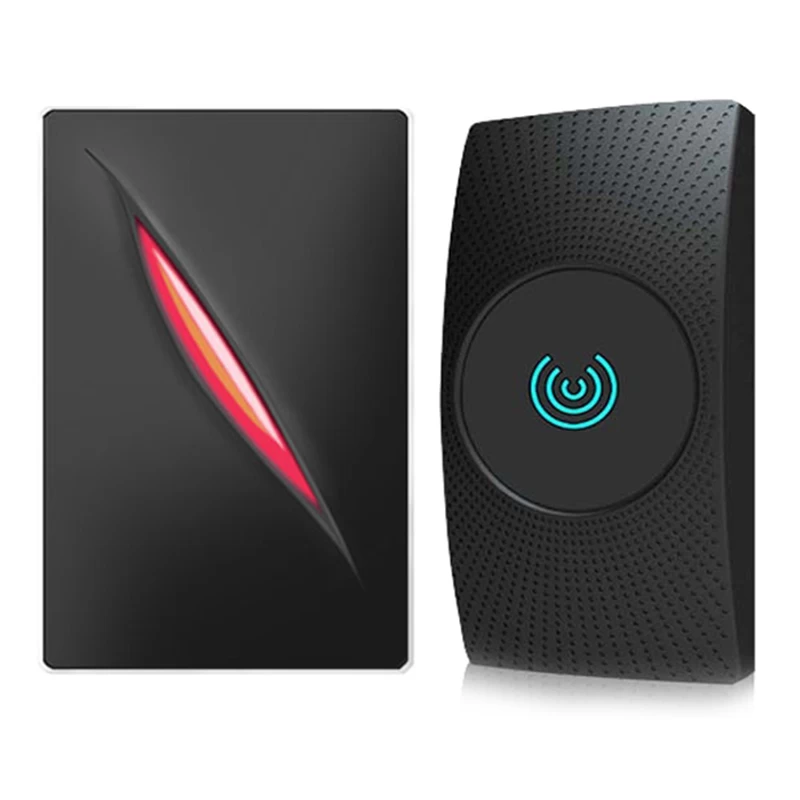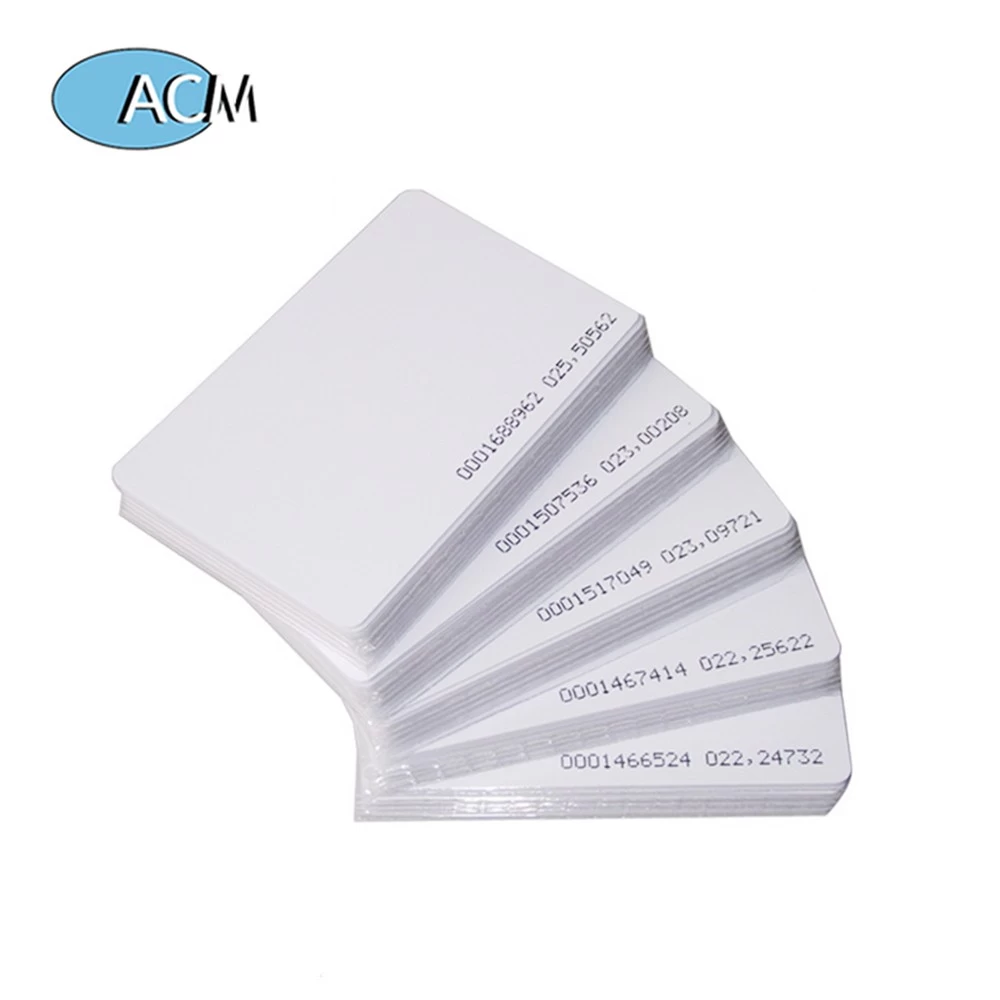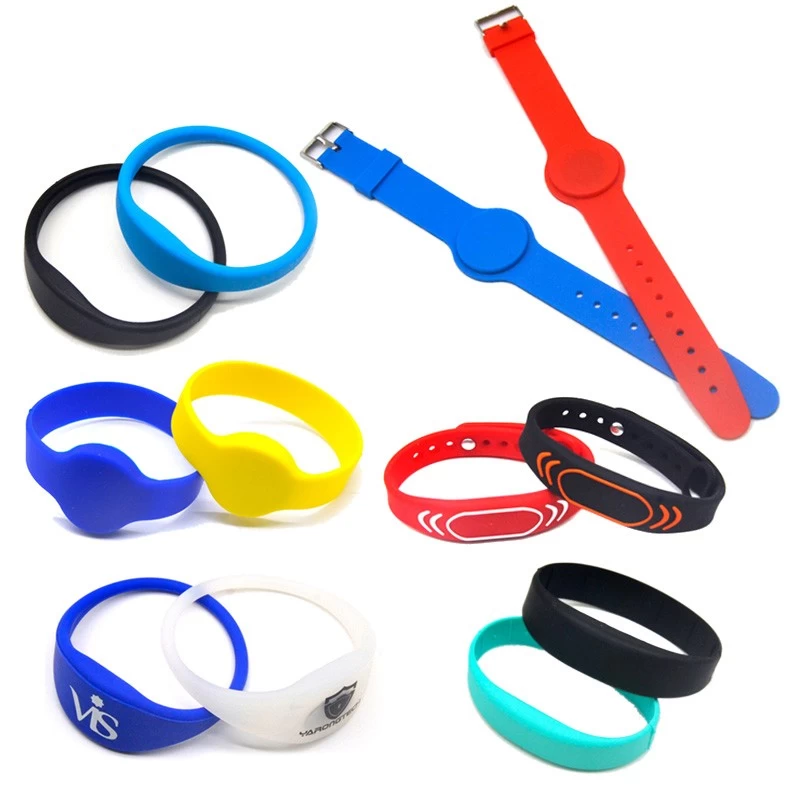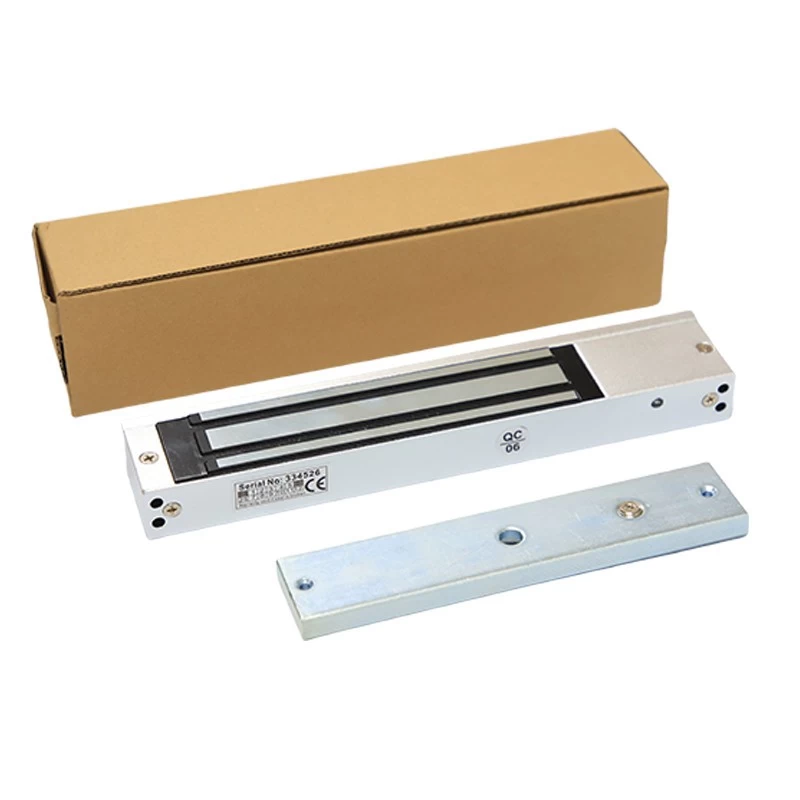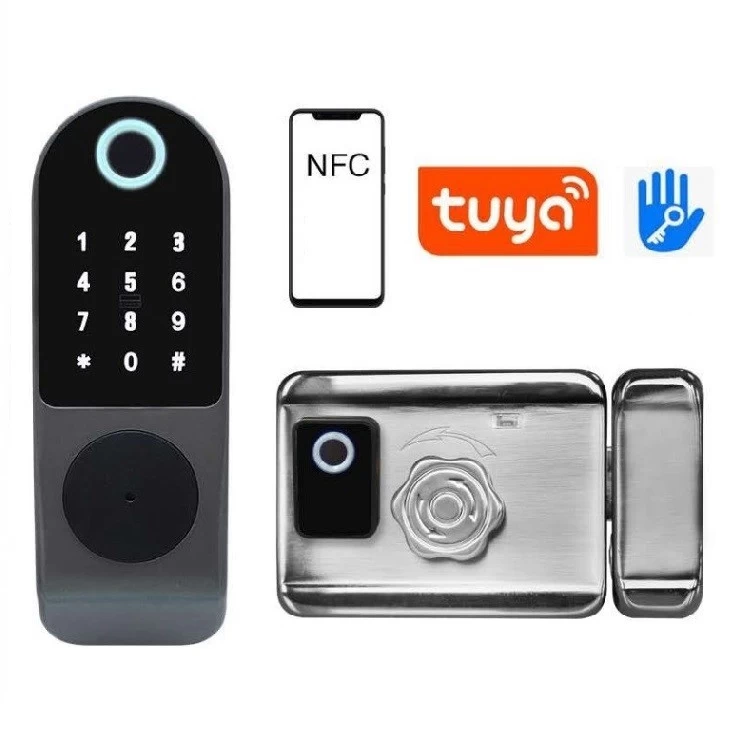What Is RFID and How Does It Work? Exploring the Technology Behind Radio-Frequency Identification
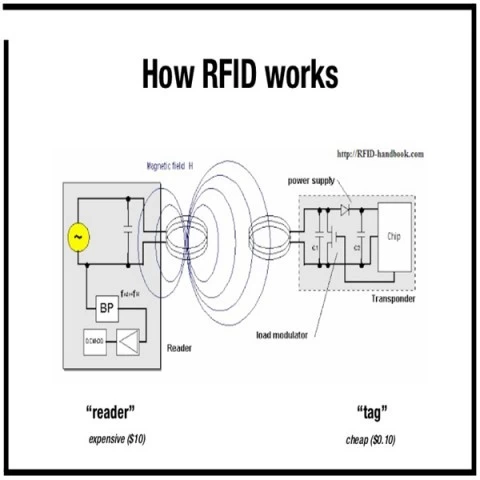
Radio-Frequency Identification (RFID) is a transformative technology used across industries for tracking and identifying objects wirelessly. From retail and logistics to healthcare and security, RFID plays a crucial role in automating processes and improving efficiency. But what exactly is RFID, and how does it work?
What Is RFID?
RFID is a wireless technology that uses electromagnetic fields to automatically identify and track tags attached to objects. These tags contain electronically stored information that can be read from a distance without direct line-of-sight, unlike barcodes.
An RFID system consists of three main components:
-
RFID Tags – Small devices containing a microchip and an antenna to transmit data.
-
RFID Readers – Devices that send and receive signals to communicate with tags.
-
Software System – Processes and stores the collected data for analysis.
How Does RFID Work?
RFID operates through radio waves. When an RFID tag comes within range of a reader, the reader emits a radio signal that activates the tag. The tag then responds by transmitting its stored data back to the reader, which forwards the information to a database or software system.
There are two main types of RFID tags:
-
Passive RFID – No internal power source; relies on the reader’s signal to activate.
-
Active RFID – Battery-powered, enabling longer read ranges and continuous transmission.
Applications of RFID
RFID technology is widely used in:
-
Retail – Inventory management, anti-theft systems, and contactless payments.
-
Supply Chain & Logistics – Tracking shipments and warehouse automation.
-
Healthcare – Managing medical equipment and patient identification.
-
Access Control – Secure entry systems in offices and events.
The Future of RFID
With advancements in IoT (Internet of Things) and AI, RFID is becoming smarter and more integrated into everyday operations. Experts predict wider adoption in smart cities, agriculture, and even personal devices.
As industries continue to embrace automation, RFID remains a key player in shaping a more connected and efficient world.


